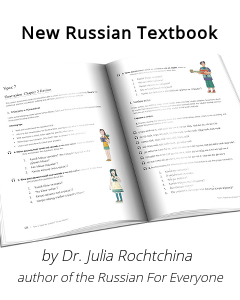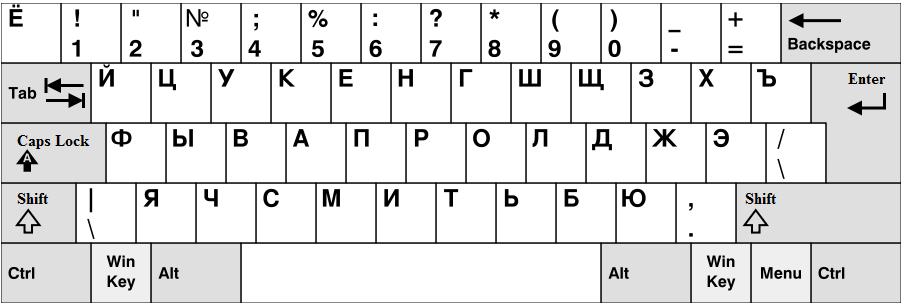Self study guide
About us
New Russian Textbook
Russian Alphabet
There are 33 letters in the Russian Alphabet: 10 vowels, 21 consonants, and 2 signs (ь, ъ).
Russian is an Eastern Slavonic language closely related to Ukrainian and Belorussian with about 277 million speakers in Russia and 30 other countries.
The Cyrillic alphabet was introduced into Russia (Kievan Rus' ) at the time of its conversion to Christianity (988 AD). The alphabet, the Cyrillic script is named in honor of the Byzantine scholar and monk, Cyril (827-869 AD), who, together with his brother Methodius (826-885 AD), created the first Slavic writing system in the second half of the ninth century in order to translate the Bible and other Christian texts into the Slavic languages.
Click each letter to listen, then click again and repeat after speaker imitating the pronunciation as closely as you can.
Click "Play" to watch how to handwrite letters and words.
|

|

































































































